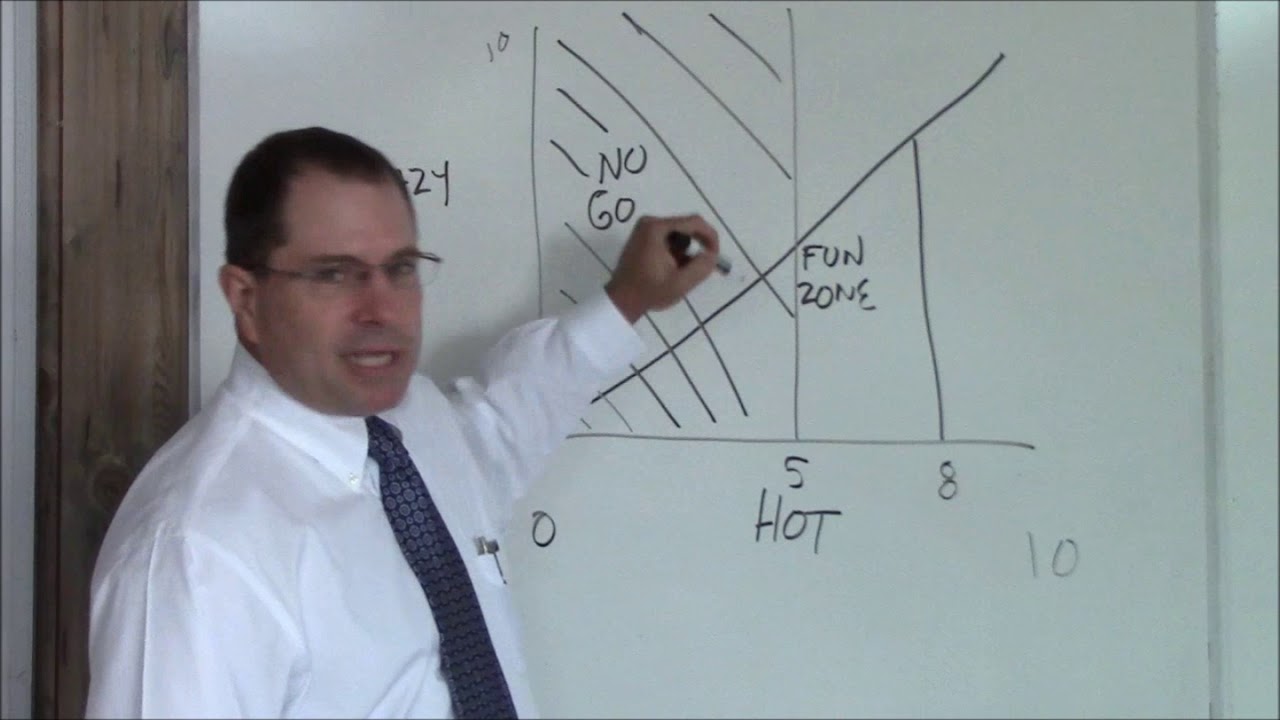In the vast landscape of human relationships, understanding the intricacies of attraction can often feel like decoding a complex algorithm. People are drawn to each other for a myriad of reasons, some apparent and others more mysterious. One attempt to make sense of this phenomenon is the Hot-Crazy Matrix, a humorous yet surprisingly insightful framework that has gained traction in popular culture.
The Hot-Crazy Matrix, originally introduced by comedian Dana McLendon in a YouTube video, has since evolved into a widely recognized concept used to illustrate the dynamics between a person’s level of attractiveness (hotness) and their level of emotional stability (craziness). While it may have started as a comedic sketch, many individuals have found elements of truth and relatability within its structure.
At its core, the Hot-Crazy Matrix consists of a two-dimensional graph with the x-axis representing a person’s level of craziness and the y-axis representing their level of hotness. The matrix is divided into different zones, each humorously labeled to depict the type of individual found within that region. These zones include the “Fun Zone,” the “Date Zone,” the “Wife Zone,” the “Unicorn Zone,” and the notorious “Danger Zone.”
The Fun Zone, positioned in the bottom left corner of the matrix, is characterized by individuals who are low on both the hotness and craziness scales. These individuals may not be the most physically attractive or emotionally intense, but they are deemed enjoyable companions for casual activities and socializing.
Moving up the hotness scale while still maintaining a relatively low level of craziness leads to the Date Zone. This is where many people aspire to find themselves and their potential romantic partners. Individuals in the Date Zone are considered attractive and mentally stable enough to engage in meaningful relationships without significant drama or complications.
As one traverses further up the craziness scale, they encounter the Wife Zone. This zone is reserved for individuals who may not necessarily be the hottest, but possess a desirable balance of attractiveness and emotional stability, making them ideal candidates for long-term commitment and marriage.
However, the matrix takes a dramatic turn as it delves into the upper echelons of craziness, leading to the Unicorn Zone. This elusive territory is reserved for exceptionally attractive individuals who also possess an extraordinary level of emotional stability—an exceedingly rare combination akin to finding a mythical unicorn.
Finally, there’s the Danger Zone, situated in the top right corner of the matrix. This is where individuals with high levels of craziness and moderate to low levels of hotness reside. They are deemed unpredictable, volatile, and potentially hazardous to one’s well-being—a cautionary area to be avoided at all costs.
While the Hot-Crazy Matrix may appear simplistic and lighthearted on the surface, it touches upon deeper truths about human behavior and relationships. It acknowledges the inherent complexities of attraction and the challenges of finding a compatible partner in a world where superficiality often takes precedence.
One aspect of the matrix that garners particular attention is its portrayal of gender dynamics. McLendon’s original video predominantly focuses on advising men on how to navigate the treacherous waters of dating and relationships, with humorous anecdotes and exaggerated stereotypes. However, it’s essential to recognize that attraction and emotional stability are not exclusive to any particular gender. The matrix can be applied to individuals of all identities and orientations, regardless of societal expectations or norms.
Critics of the Hot-Crazy Matrix argue that it oversimplifies the intricacies of human relationships and perpetuates harmful stereotypes. They contend that reducing individuals to mere coordinates on a graph neglects the depth and complexity of human emotions and experiences. Moreover, the matrix’s emphasis on physical appearance as a determining factor in attractiveness may reinforce shallow societal standards and objectification.
Despite these criticisms, the Hot-Crazy Matrix remains a cultural phenomenon that continues to spark discussions about attraction, compatibility, and the pursuit of meaningful connections. Its enduring popularity speaks to the universal quest for understanding and navigating the complexities of human relationships in a world where love, lust, and lunacy often intersect.
Ultimately, while the Hot-Crazy Matrix may not provide a definitive roadmap to romance, it serves as a humorous reminder to approach relationships with a blend of caution and curiosity. Beyond its comedic facade lies a deeper exploration of the nuances of attraction, reminding us that love—and its accompanying madness—is a journey best navigated with an open mind and a good sense of humor
